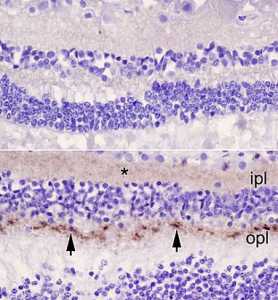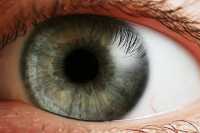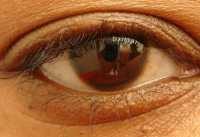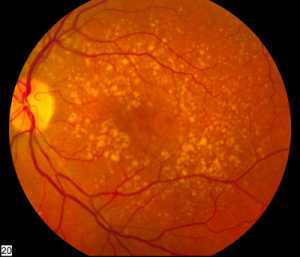Author Interviews, JAMA, Ophthalmology, Pediatrics, STD, USPSTF / 05.02.2019
USPSTF Recommends Antibiotic Prophylaxis to Prevent Gonorrheal Eye Disease in Newborns
MedicalResearch.com Interview with:
Michael Silverstein, M.D., M.P.H.
Professor of Pediatrics
Director of the Division of General Academic Pediatrics
Vice chair of research for the Department of Pediatrics
Boston University School of Medicine
MedicalResearch.com: What is the background for this study? What are the main findings?
Response: Gonococcal ophthalmia neonatorum, or GON, is a severe infection of the eye that can occur in babies born to women who have gonorrhea. If left untreated, GON can cause serious problems, including blindness, that can appear as soon as 24 hours after delivery.
Fortunately, there are effective treatments available that can prevent GON in newborns. The U.S. Preventive Services Task Force reviewed the most current research on the benefits and harms of ocular prophylaxis—which is applying antibiotic ointment to the babies’ eyes at birth—to prevent GON.
We found that, if applied within 24 hours after birth, the ointment is very effective at preventing gonococcal ophthalmia neonatorum and the problems it causes. Therefore, we are recommending that clinicians provide this preventive service for all newborns. (more…)






















